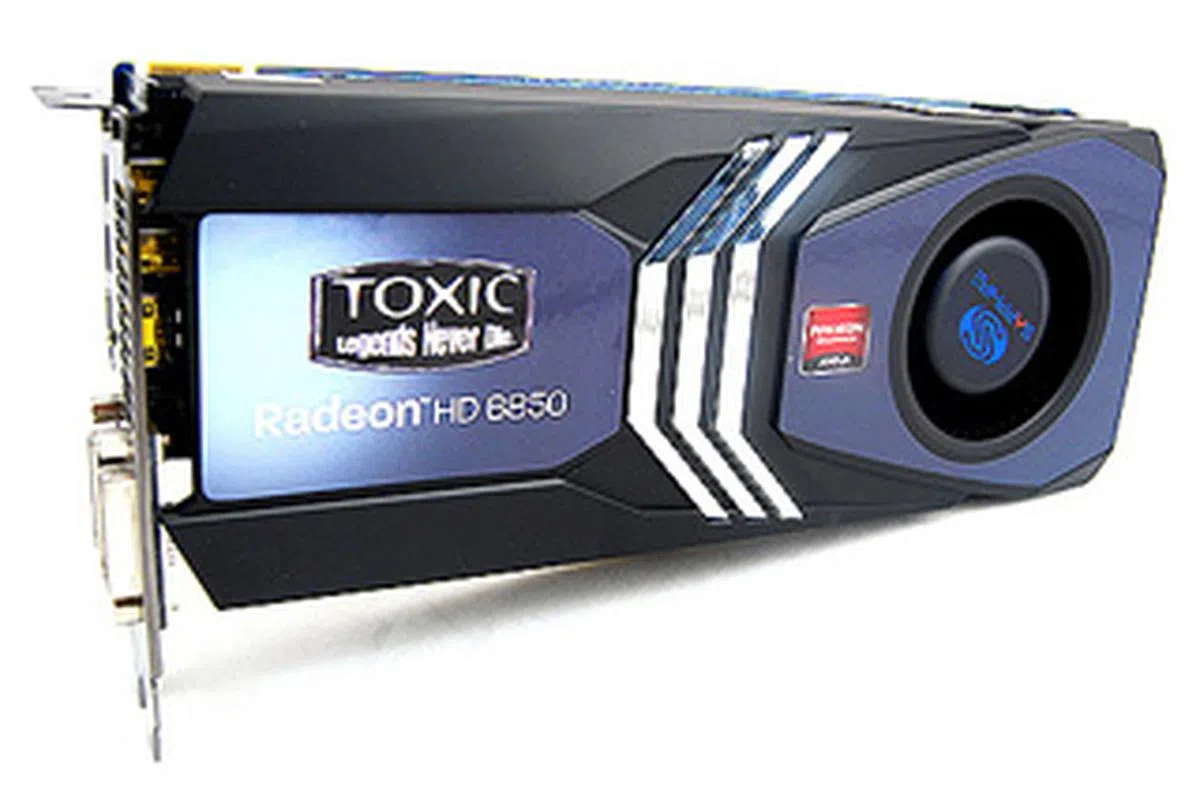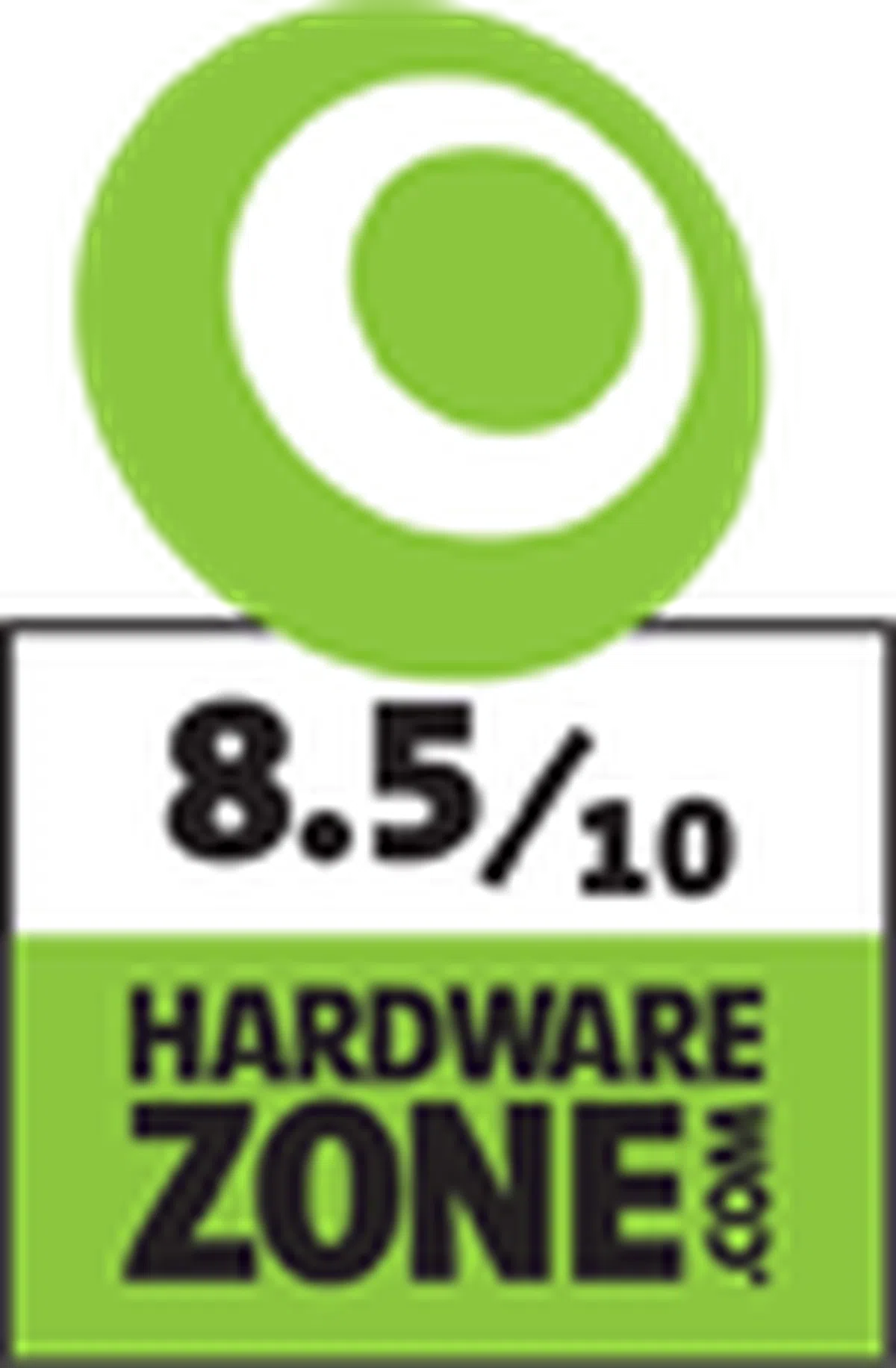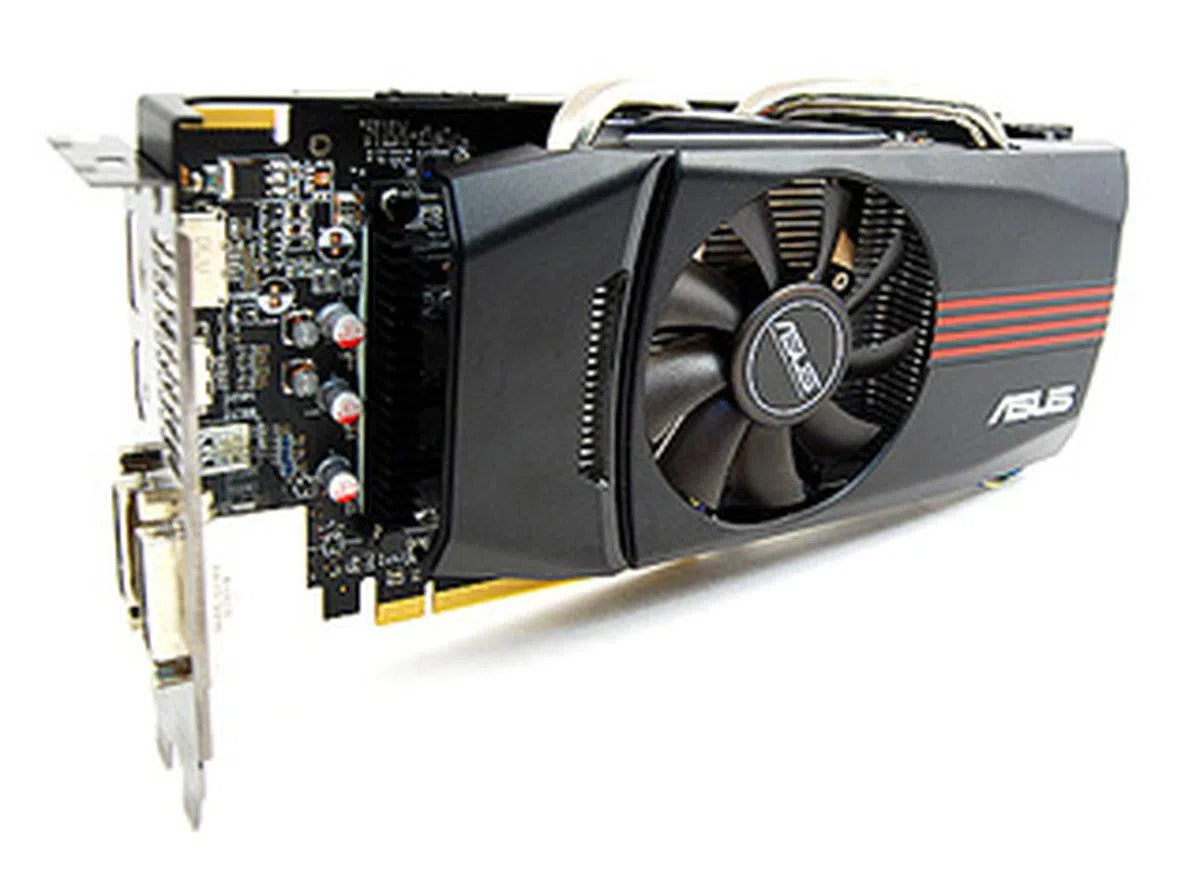AMD Radeon HD 6850 Shootout - Mainstream Slugfest
The Radeon HD 6850 is AMD's latest mainstream stalwart, and we take a look at no less than seven custom editions from some of the biggest names in market such as ASUS, Gigabyte, MSI, PowerColor, Sapphire and XFX.
By Kenny Yeo -
Mainstream Slugfest
The new Northern Islands Radeon HD 6850 have been released to mostly positive reviews and reception. It’s only been only a month since we’ve seen the Radeon HD 6850 but card makers are already coming out with customized and factory overclocked versions of the card, and sales have been so good that AMD is having trouble meeting demand, which in turn is causing prices of these cards to shoot up.
For the uninitiated, the Radeon HD 6850 is powered by the new 960-core Barts PRO chip, which is isn’t groundbreaking in terms of architecture. In fact, the Barts chips powering both the Radeon HD 6850 and HD 6870 are really revised and tweaked version of the original Cypress chip that debuted in the Radeon HD 5870. Nevertheless, we found that the Radeon HD 6850 is a good offering from AMD in its own right. To get up to speed with AMD’s latest, it’s best that you check out our full review.

If you looking for a Radeon HD 6850 this year-end holiday season, you cannot afford to miss our roundup.
And today, we are continuing our coverage of AMD’s newest cards by checking out custom editions of the Radeon HD 6850 from ASUS, Gigabyte, MSI, PowerColor, Sapphire and XFX. Sporting custom fitted coolers and some even factory overclocked, here are our contender’s for today’s roundup:
Here are our contenders for today’s roundup:
- ASUS EAH6850 DirectCU
- Gigabyte HD 6850
- MSI R6850-PM2DIGD5
- PowerColor PCS+ HD 6850
- Sapphire Radeon HD 6850
- Sapphire Radeon HD 6850 Toxic Edition
- XFX Radeon HD 6850 Black Edition
ASUS EAH6850 DirectCU
Taiwanese components giants ASUS was one of the first to release custom editions of the Radeon HD 6850 and their take on the new AMD GPU makes use of their effective DirectCU cooler. The cooler is termed such because it has copper heat pipes that are in direct contact with the GPU core, which ASUS says this keeps the card up to 20% cooler.
On top of that, the card comes mildly overclocked getting a slight 15MHz bump at the core to bring it up to 790MHz, whereas memory clock speeds remain unchanged at 4000MHz DDR. For adventurous users, the card also features ASUS’ Voltage Tweak utility which lets users increase voltage values for greater overclocking potential.

The ASUS card is a tad longer than a reference card (as depicted with the HIS branded edition) because of its DirectCU cooler.

For video output connectivity, the ASUS card has two DVI ports, a single HDMI port and DisplayPort.

The heat pipes are in direct contact with the GPU core, this allows it to draw heat away quicker than traditional heatsink designs.
Gigabyte HD 6850
The Gigabyte HD 6850 might come with stock clocks - 775MHz at the core, 4000MHz DDR - but it makes up for that with Gigabyte’s very own Windforce 2X cooler with large 80mm dual fans. What’s unique about Windforce coolers is that they are specially designed to reduce turbulence. By letting air flow quickly and smooth over the heatsink, cooling efficiency is improved. To better understand Gigabyte’s Windforce coolers, it’s best you check out their microsite.

The Gigabyte HD 6850 sports the recognizable dual-fan Windforce 2x cooler.

The card gets the usual twin DVI ports, single DisplayPort and HDMI port.

The fans are slightly angled, as are the heatsink arrays below, to reduce turbulence and promote smoother air flow.
MSI R6850-PM2DIGD5
Judging from the massive 90mm fan, the MSI R6850-PM2DIGD5 (henceforth known simply as MSI R6850) is obviously a firm believer of the saying “size matters”. But sadly, despite the sizable fan, the card still sports reference clock speeds, which means 775MHz at the core and 4000MHz DDR. Fortunately, to make up for that, the card comes bundled with the latest version of MSI’s popular Afterburner overclocking utility, which lets users overclock the card for greater performance.

The MSI R6850 sports one of the largest fans measuring at a considerable 90mm in diameter.

Like many of the other cards, the MSI R6850 gets two DVI ports, a single DisplayPort and HDMI port.

Under the large fan are equally large heat pipes which help dissipate heat quickly away from the GPU core.
PowerColor PCS+ HD 6850
The PCS+ line of cards from PowerColor comes factory overclocked and are fitted with custom “Professional Cooling System” coolers, and the PCS+ HD 6850 is no different. In the case of the PCS+ HD 6850, the card has a massive 95mm fan and underneath the fan is amalgam of cooling fins and thick heat pipes. And to fully capitalize on the cooler, the card is factory overclocked at 820MHz at the core and 4400MHz DDR, which should give it a significant performance boost when compared to a reference card.

Under the cooler cover of the PowerColor PCS+ HD 6850 are three heat pipes that draw heat away from the GPU core.

The PowerColor card gets the same twin DVI ports, single DisplayPort and HDMI port.

We've not had the best of experiences with PowerColor's PCS+ coolers of late, so it will be interesting to see how this one fares.
Sapphire Radeon HD 6850
The Sapphire Radeon HD 6850 sports reference clock speeds, but comes with a custom cooler that promises superior cooling properties over AMD’s reference design. Peering beneath the blocky cooler casing, we can see a traditional fan and heatsink combo design that has numerous cooling fins and thick copper heat pipes to quickly draw heat away from the GPU core.

On first impressions, the two cards look alike, but look closely and you'll see that the Sapphire Radeon HD 6850 has a different heatsink design.

No surprises here, the usual twin DVI ports, HDMI port and DisplayPort.

Rather than adopting the reference card's heatsink design, Sapphire's take uses one that is designed in-house. We'll soon find out how it turns out.
Sapphire Radeon HD 6850 Toxic Edition
The other Sapphire card in our roundup is the Sapphire HD 6850 Toxic Edition. In keeping with other “Toxic” cards from Sapphire, the Sapphire HD 6850 Toxic Edition has a custom cooler and is factory overclocked for better gaming performance. Core clock speeds have been bumped up to 820MHz whereas memory clock speeds have also been boosted to 4400MHz DDR.

It looks different alright, but the cooler looks like the old reference ones employed by the Radeon HD 4800 series. Also note the length of the card is longer than the reference 6850 card.

Also, unlike the other cards, the Sapphire Radeon HD 6850 Toxic Edition boasts twin DVI ports, a single full-sized HDMI port and two DisplayPort 1.2 ports.

Curiously, the card also makes use of two 6-pin PCIe power connectors instead of one. Would this affect power consumption? We'll find out soon enough.
XFX Radeon HD 6850 Black Edition
As its name suggests, the XFX Radeon HD 6850 Black Edition is the company’s current flagship Radeon HD 6850 card. It comes with a custom-designed cooler that, upon closer inspection, has a heatsink design reminiscent of MSI’s Cyclone coolers. It is also factory overclocked, running at 820MHz at the core and 4400MHz DDR at the memory - similar to the PowerColor PCS+ HD 6850.

The XFX card is as blocky as the reference card.

The XFX card also has the same video output ports as the reference card. There's two DVI ports, a single HDMI port and DisplayPort.

The XFX Radeon HD 6850 Black Edition has a radial heatsink design, which is strikingly similar to a reference card.
Test Setup
To find out which is the best Radeon HD 6850, we’ll be using our X58 setup with the following specifications:
- Intel Core i7-975 (3.33GHz)
- Gigabyte GA-EX58-UD4P motherboard
- 3 x 1GB DDR3-1333 G.Skill memory in triple channel mode
- Seagate 7200.10 200GB SATA hard drive
- Windows 7 Ultimate
Clock speeds are usually a good indication of how a card will perform, and like some of the cards we've amassed in this article, we are expecting the reference clocked Gigabyte, MSI and Sapphire card to perform similarly and also provide a baseline reference. The ASUS EAH6850 DirectCU with its mildly overclocked core should be a tad faster, but it will be no match for the PowerColor, Sapphire (Toxic Edition) and XFX cards which have been considerable bumps to their clock speeds.
Here's a table detailing the cards' clock speeds.
Cards | Core Clock Speed | Memory Clock Speed |
ASUSEAH6850 DirectCU | 790MHz | 4000MHz DDR |
Gigabyte HD 6850 | 775MHz | 4000MHz DDR |
MSIR6850 | 775MHz | 4000MHz DDR |
PowerColor PCS+HD 6850 | 820MHz | 4400MHz DDR |
Sapphire Radeon HD 6850 | 775MHz | 4000MHz DDR |
Sapphire Radeon HD 6850 Toxic Edition | 820MHz | 4400MHz DDR |
XFXRadeon HD 6850 Black Edition | 820MHz | 4400MHz DDR |
The full list of cards tested and driver versions used as below:
- ASUS EAH6850 DirectCU (Catalyst 10.10)
- Gigabyte HD 6850 (Catalyst 10.10)
- MSI R6850-PM2DIGD5 (Catalyst 10.10)
- PowerColor PCS+ HD 6850 (Catalyst 10.10)
- Sapphire Radeon HD 6850 (Catalyst 10.10)
- Sapphire Radeon HD 6850 Toxic Edition (Catalyst 10.10)
- XFX Radeon HD 6850 Black Edition (Catalyst 10.10)
- AMD Radeon HD 6870 (Catalyst 10.10)
- NVIDIA GeForce GTX 460 (ForceWare 258.96)
The list of benchmark used are as follows:
- Futuremark 3DMark Vantage
- Crysis Warhead
- Far Cry 2
- Warhammer: Dawn of War 2
- Battlefield Bad Company 2
- “Heaven" from Unigine v2.1
- S.T.A.L.K.E.R.: Call of Pripyat
3DMark Vantage Results
The three reference clocked Radeon HD 6850 cards from Gigabyte, MSI and Sapphire recorded very comparable scores, while the slightly overclocked ASUS EAH6850 DirectCU scored marginally better. Topping our collection of Radeon HD 6850 cards were the three factory overclocked cards from PowerColor, Sapphire (Toxic Edition) and XFX.

Crysis Warhead & Far Cry 2 Results
As we've mentioned earlier, clock speeds are a good indication of a card's performance and here we see the three reference clocked cards from Gigabyte, MSI and Sapphire posting nearly identical results on Crysis Warhead and Far Cry 2. The mildly overclocked ASUS EAH6850 DirectCU was a tad faster than reference clocked cards, whereas the trio of similarly factory overclocked cards from Powercolor, Sapphire (Toxic Edition) and XFX were the quickest of the lot. To add, despite being overclocked, the three cards were still no match for a reference Radeon HD 6870.




Dawn of War 2 & Battlefield Bad Company 2 Results
Dawn of War 2 is usually a very competitive benchmark and on the lowest resolution of 1280 x 800, it was impossible to separate the cards. However, as we increased resolution up to 1680 x 1050 and 1920 x 1200, we began to see a noticeable gulf in performance between the cards. Nevertheless, even at the highest resolution, all the cards managed very playable frame rates.
On Battlefield Bad Company 2, the differences in performance was more noticeable. The three cards from Gigabyte, MSI and Sapphire sporting reference clocked speeds all recorded nearly identical frame rates, while the slightly overclocked ASUS card was a bit faster. Lastly, the three factory overclocked "extreme" cards from PowerColor, Sapphire (Toxic Edition) and XFX were the quickest and again, because of their similar clock speeds, recorded frame rates that were very comparable. Another interesting note is the performance of the overclocked cards were matching the GeForce GTX 460 on this test.


Unigine "Heaven" 2.1 Results
Predictably, the Gigabyte, MSI and Sapphire cards sporting reference clock speeds recorded nearly identical performance, while the ASUS card maintains its slight lead over the reference clocked trio. The three factory overclocked cards from PowerColor, Sapphire (Toxic Edition) and XFX were the quickest Radeon HD 6850 cards of the lot and because they all have the same clock speeds, their performance was equally comparable too.


S.T.A.L.K.E.R.: Call of Pripyat Results
It was more of the same on S.T.A.L.K.E.R.: Call of Pripyat as we continued to see three distinct tiers of performance. The Gigabyte, MSI and Sapphire cards sporting reference clock speeds recorded almost similar frame rates while the ASUS card was slightly quicker, topping off were the three factory overclocked cards from PowerColor, Sapphire (Toxic Edition) and XFX.
DirectX 11 Results
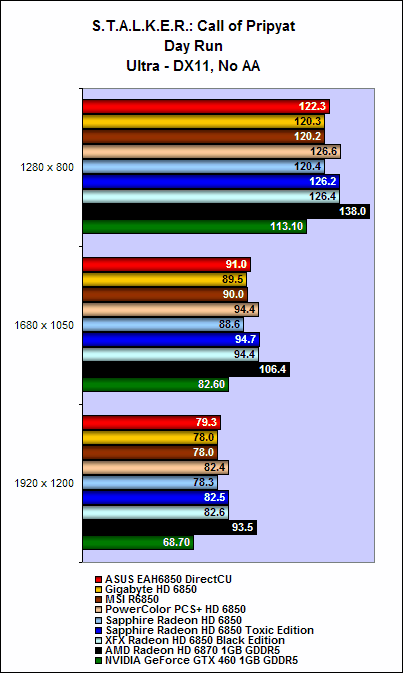 | 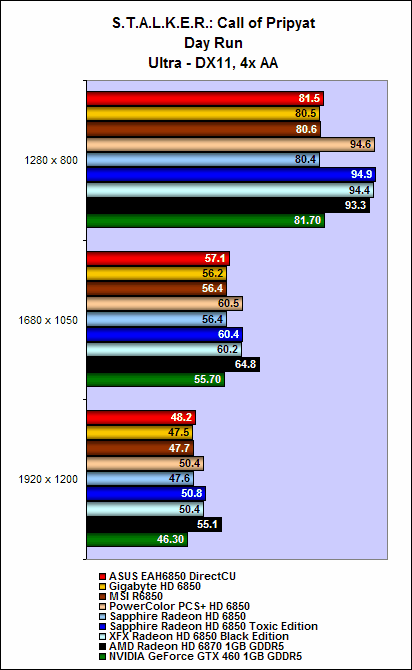 |
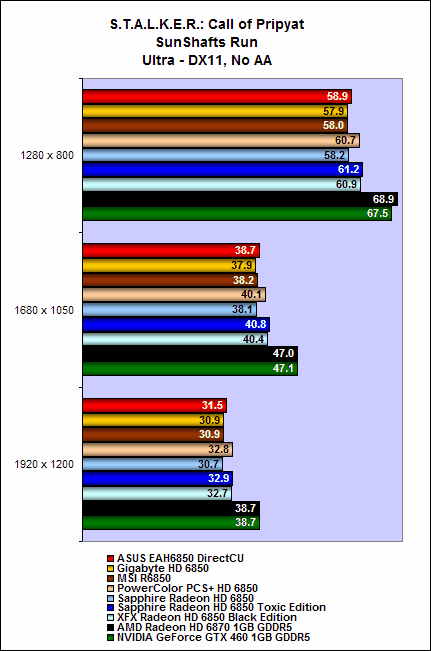 | 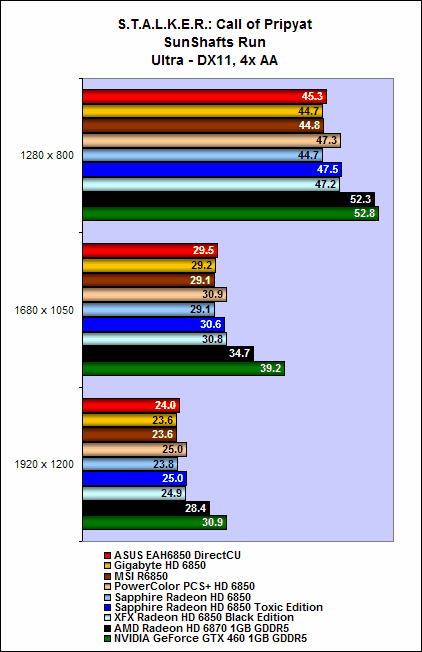 |
Temperature
While clock speeds are usually a good indicator of a card's performance, there was no way of telling how effective a card's cooler is until we put it to the test. Although Gigabyte's dual-fan Windforce 2x cooler recorded the lowest operating temperature, XFX's custom cooler is arguably more effective if you consider that the card is factory overclocked in the first place. PowerColor's PCS+ cooling systems have been a bit disappointing of late and their PCS+ HD 6850 continued this trend as the card recorded the highest running temperature of 71 degrees Celsius.

Power Consumption
Nothing unusual to report here as all seven cards recorded very comparable power draw readings. If anything, we noticed that the factory overclocked cards had a marginally higher power draw reading at load, which is to be expected.

Overclocking
Our attempts in overclocking the cards yielded mostly comparable results with most of the cards topping out at around the 900 - 920MHz mark at the core. The Sapphire Radeon HD 6850 Toxic Edition, however, deserves special praise as it managed an unbelievable 1010MHz at the core and 4800MHz DDR at the memory. At the other end of the spectrum, the Gigabye HD 6850, despite its effective Windforce 2x cooler, only managed 870MHz at the core and 4800MHz DDR at the memory. There's always an element of luck involved when it comes to overclocking and our guess is that the Gigabyte card just lucked out at this test.

Untapped Potential
Overall, the performance of the cards were pretty much in line with our expectations, although we were a bit disappointed at the three factory overclocked cards (namely the PowerColor PCS+ HD 6850, Sapphire Radeon HD 6850 Toxic Edition and XFX Radeon HD 6850 Black Edition), because despite getting a considerable bump in clock speeds, their actual performance wasn’t really that much better than a reference clocked card.
Before we offer our individual analysis of each card, here’s a summary of their clock speeds, price and ratings breakdown.
Cards | Core Clock Speed | Memory Clock Speed | Price |
ASUSEAH6850 DirectCU | 790MHz | 4000MHz DDR | US$199 |
Gigabyte HD 6850 | 775MHz | 4000MHz DDR | US$189 |
MSIR6850 | 775MHz | 4000MHz DDR | US$189 |
PowerColor PCS+HD 6850 | 820MHz | 4400MHz DDR | US$209 |
Sapphire Radeon HD 6850 | 775MHz | 4000MHz DDR | US$199 |
Sapphire Radeon HD 6850 Toxic Edition | 820MHz | 4400MHz DDR | US$209 |
XFXRadeon HD 6850 Black Edition | 820MHz | 4400MHz DDR | US$219 |
Cards | Performance | Features | Value | Overall |
ASUSEAH6850DirectCU | 7.5 | 8.0 | 8.0 | 8.0 |
Gigabyte HD6850 | 7.5 | 8.0 | 8.0 | 8.0 |
MSIR6850 | 7.5 | 8.0 | 8.0 | 8.0 |
PowerColor PCS+HD6850 | 8.0 | 8.5 | 8.0 | 8.0 |
Sapphire RadeonHD 6850 | 7.5 | 8.0 | 8.0 | 8.0 |
Sapphire Radeon HD6850 ToxicEdition | 8.5 | 8.5 | 8.0 | 8.5 |
XFXRadeon HD6850 Black Edition | 8.0 | 8.5 | 8.0 | 8.0 |

In stock form, the three factory overclocked cards were evenly matched, but when it came to overclocking the Sapphire Radeon HD 6850 Toxic Edition stunned us with its willingness to run all the way up to 1010MHz at the core.
The Sapphire Radeon HD 6850 Toxic Edition emerges top in this roundup as it edges the rest of the cards by a hair’s breadth. In stock form, the card isn’t that much quicker than a reference clocked Radeon HD 6850, a problem which the two other overclocked cards (PowerColor and XFX) also exhibited. But we were pleased with the efficiency of its cooler and also its amazing overclocking performance as it managed to attain an outstanding 1010MHz at the core.
The ASUS EAH6850 DirectCU is a competent card with an effective cooler and it also offers decent overclocking performance. However, we are a bit perplexed as to why ASUS offered the card with only a meager 15MHz increase in core clock speeds when the card is obviously capable of more. Perhaps this is to make room for a future DirectCU TOP variant?
The Gigabyte HD 6850 proves the effectiveness of Gigabyte’s Windforce 2x anti-turbulence cooler as it recorded the lowest operating temperatures. But sadly, apart from that, the card offers little else as it came with reference clock speeds and it also achieved the lowest overclocking state. If it’s any consolation, it is the most affordable card in our roundup at US$189.
The MSI R6850 suffers the same problems that beset the Gigabyte HD 6850. Apart from the effective custom “Pipe Touching” cooler and affordability, it offers little else considering it too is running at reference clock speeds.
The PowerColor PCS+ HD 6850 might be considerably factory overclocked, but like we’ve said, in real world gaming applications, it was only slightly quicker than a reference card. Also, it’s custom PCS+ cooler wasn’t really that effective as the card was the warmest card to run of the bunch.
The Sapphire Radeon HD 6850 like the MSI and Gigabyte cards before it was just too unexciting. Apart from the effective custom cooler and decent overclocking potential, the card has little else going for it. Furthermore, it is also slightly costlier than the MSI and Gigabyte duo.
The XFX Radeon HD 6850 Black Edition is one of the better cards in this roundup, offering slightly improved performance over a reference card and a pretty effective cooler. And overall, it is a close match for the Sapphire Radeon HD 6850 Toxic Edition, losing out only when it came to overclocking performance and its higher asking price.
All in all, the cards are decent takes on the Radeon HD 6850 and they are all pretty evenly matched, but the Sapphire Radeon HD 6850 Toxic Edition stood out thanks to its outstanding overclocking performance. If we had any gripes, it would be that the cards could clearly handle higher clock speeds, yet their respective manufacturers chose not to. However, these are still early days yet for the Radeon HD 6850 so don’t be surprised to see even more extreme versions in the near future.
| |
|  |
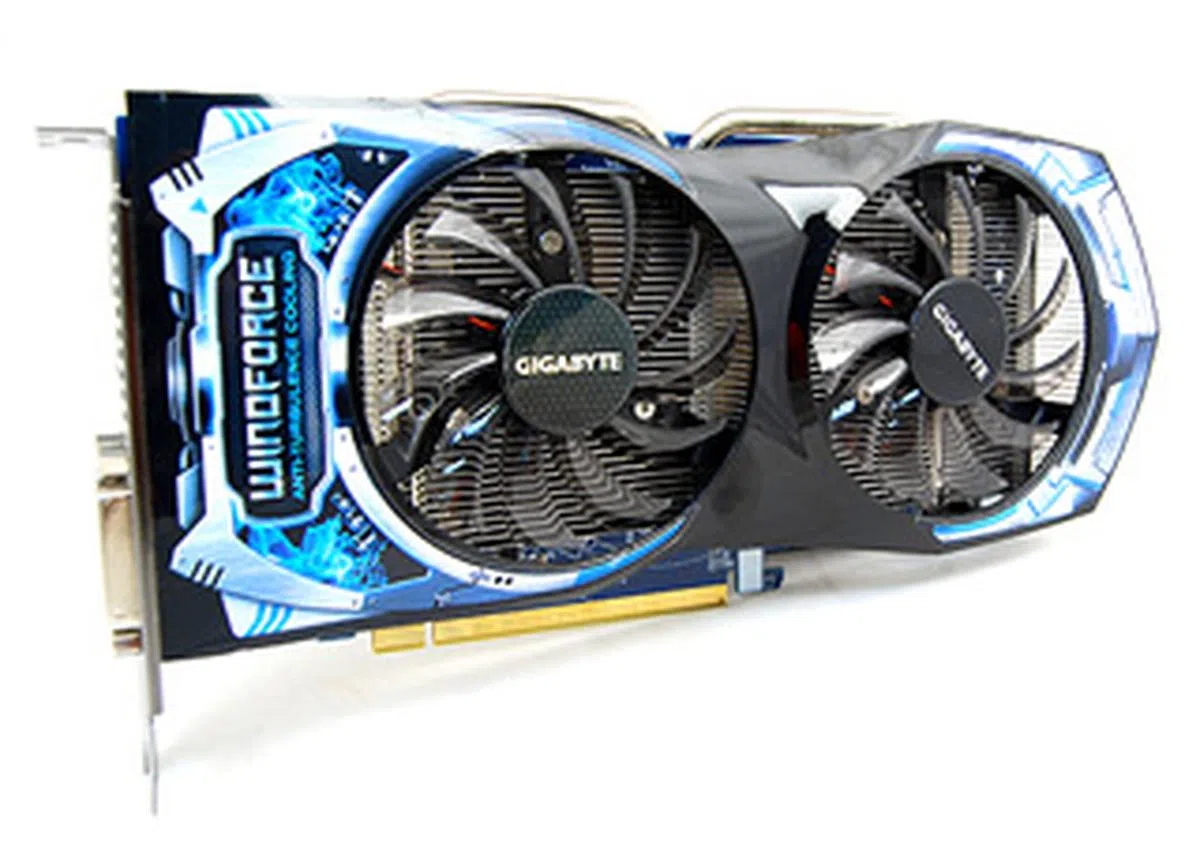 |  |
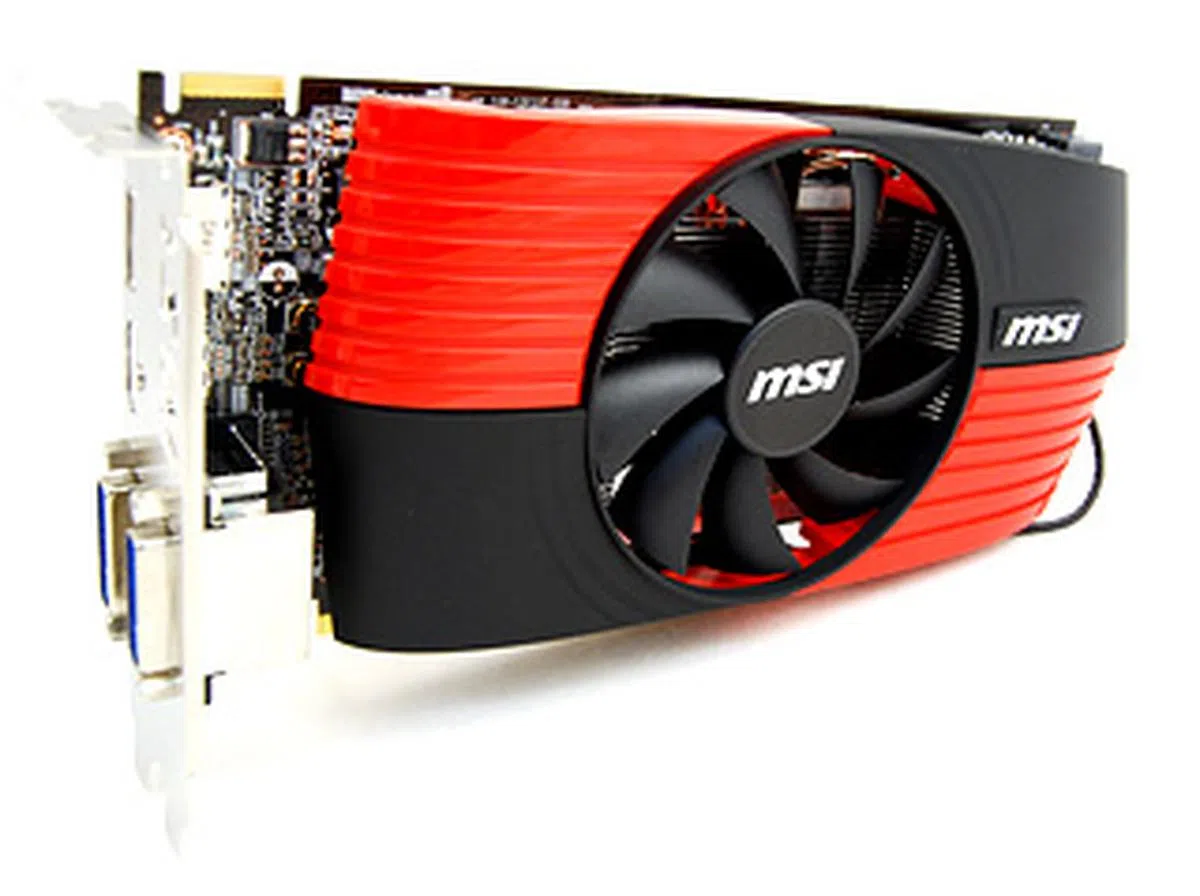 |  |
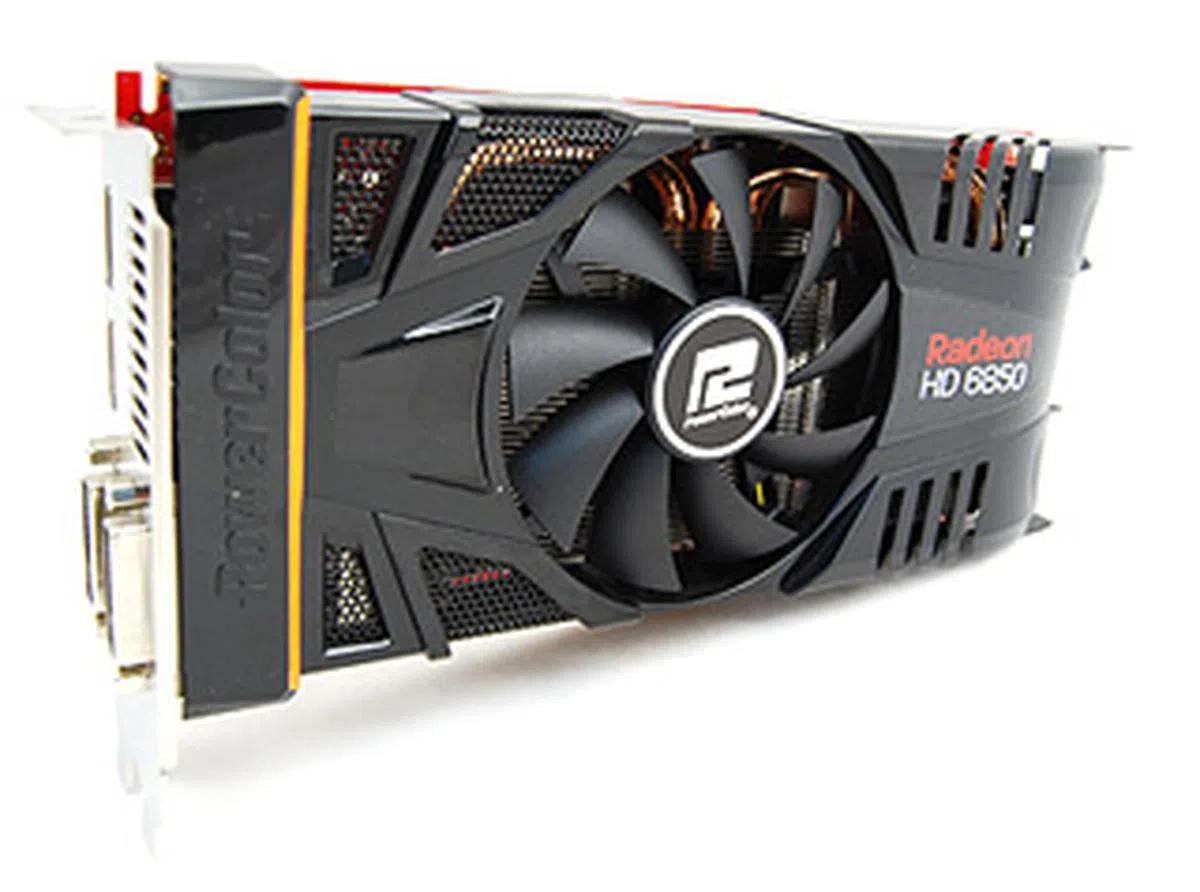 |  |
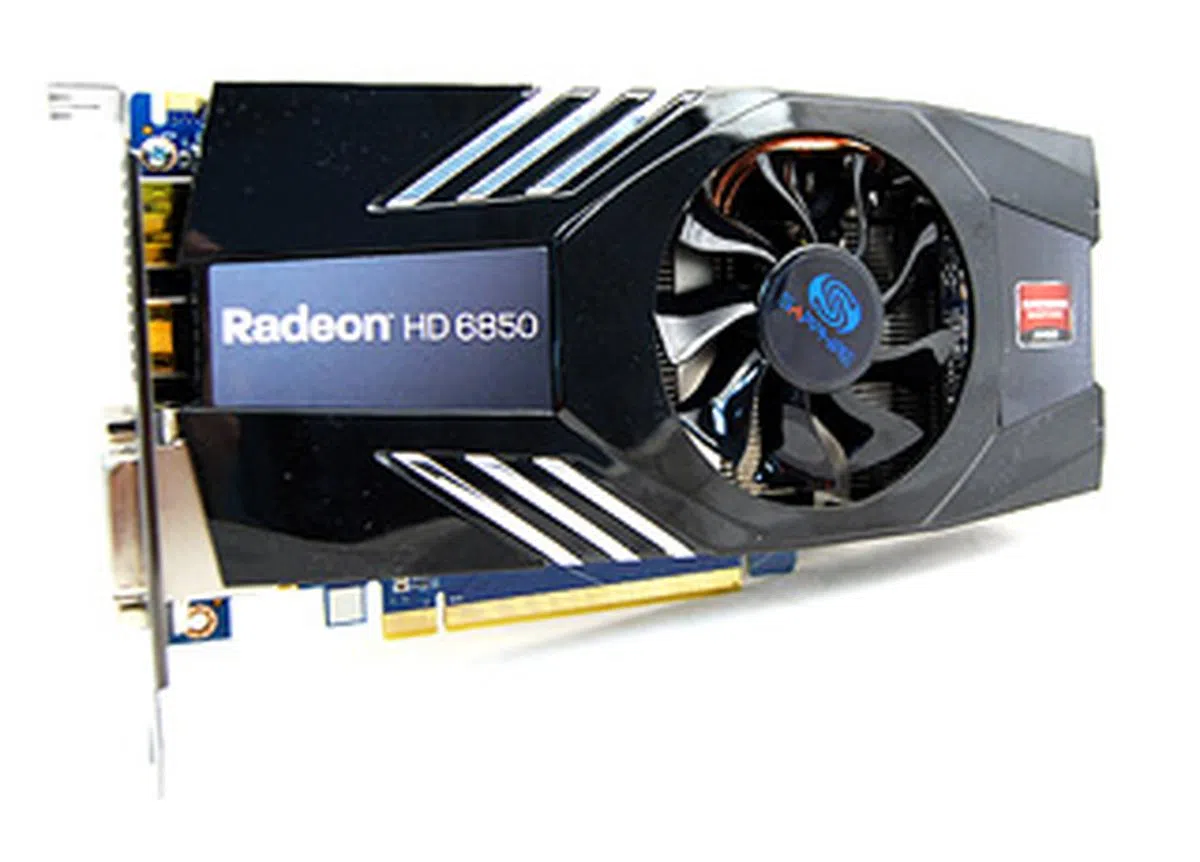 |  |
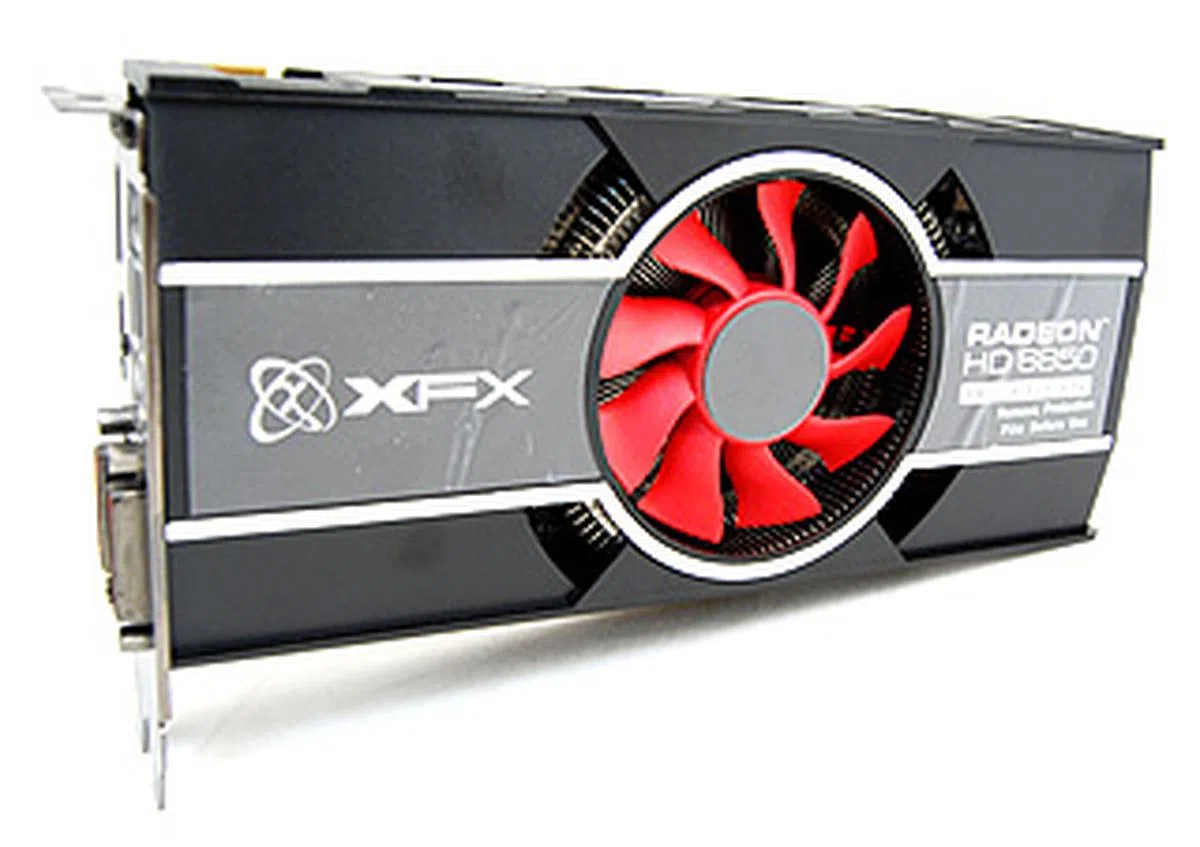 |  |
Our articles may contain affiliate links. If you buy through these links, we may earn a small commission.
